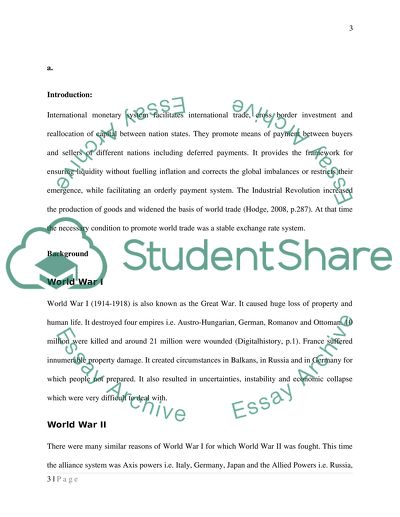Cite this document
(“International Finance: (International monetary system 1925-1960) Essay”, n.d.)
International Finance: (International monetary system 1925-1960) Essay. Retrieved from https://studentshare.org/finance-accounting/1469845-international-finance-international-monetary
International Finance: (International monetary system 1925-1960) Essay. Retrieved from https://studentshare.org/finance-accounting/1469845-international-finance-international-monetary
(International Finance: (International Monetary System 1925-1960) Essay)
International Finance: (International Monetary System 1925-1960) Essay. https://studentshare.org/finance-accounting/1469845-international-finance-international-monetary.
International Finance: (International Monetary System 1925-1960) Essay. https://studentshare.org/finance-accounting/1469845-international-finance-international-monetary.
“International Finance: (International Monetary System 1925-1960) Essay”, n.d. https://studentshare.org/finance-accounting/1469845-international-finance-international-monetary.


